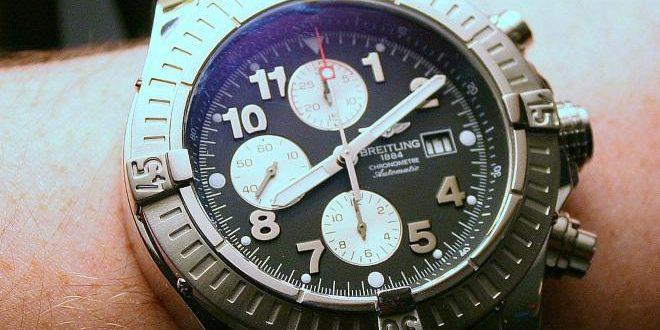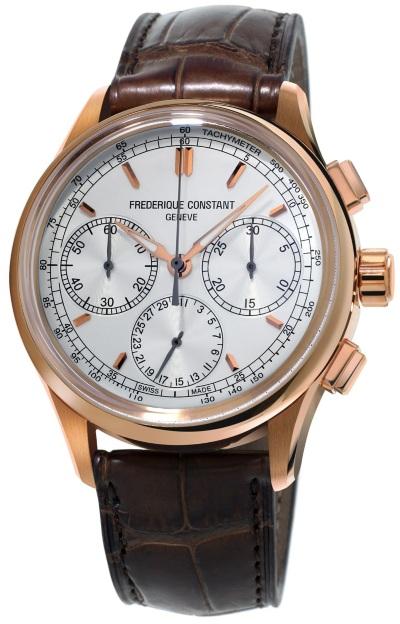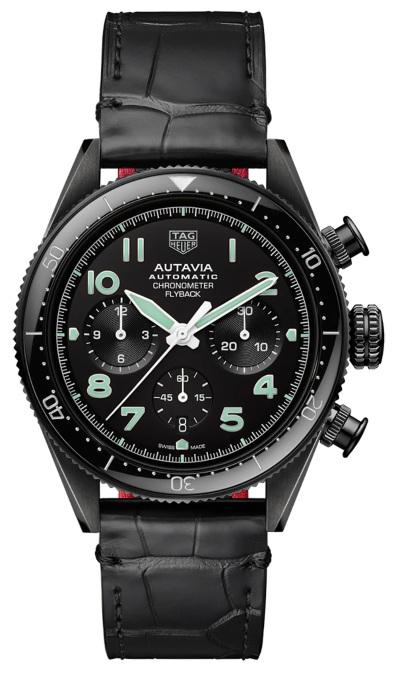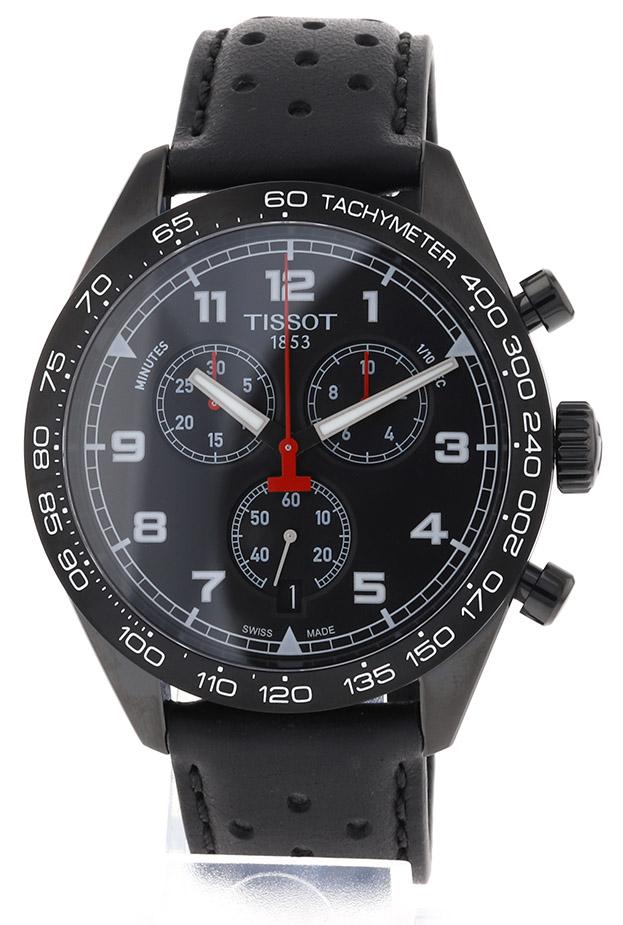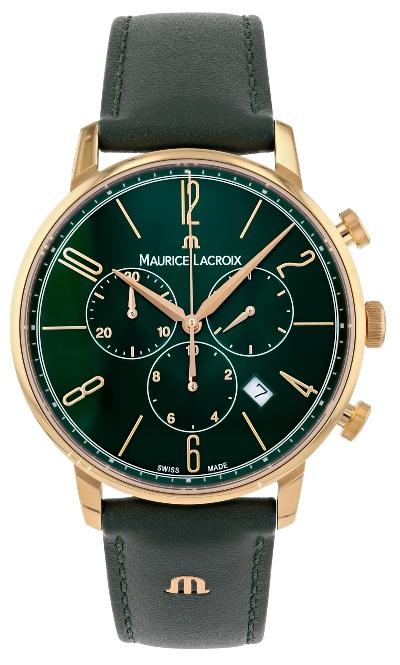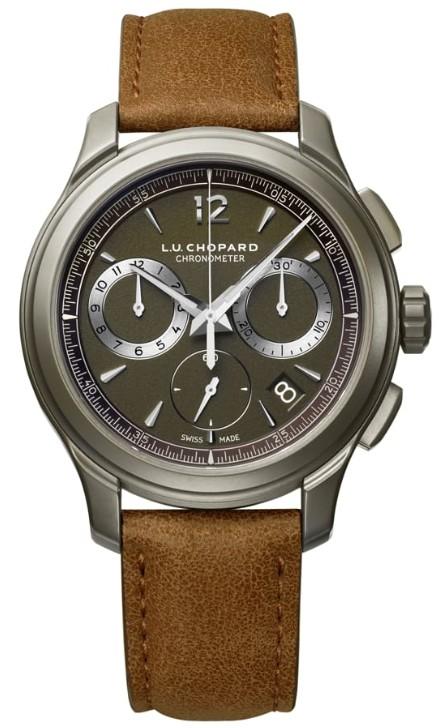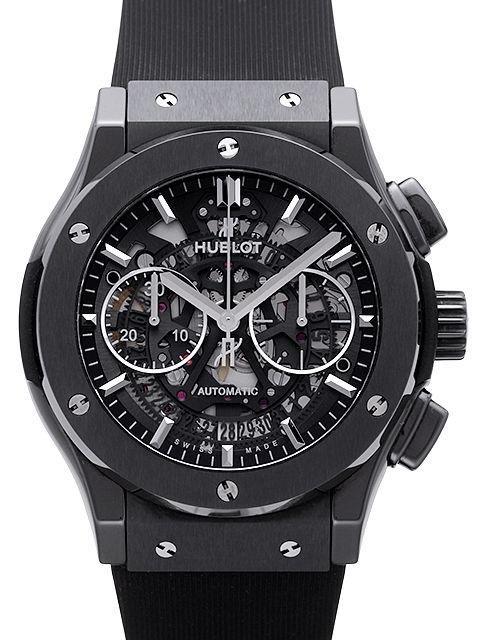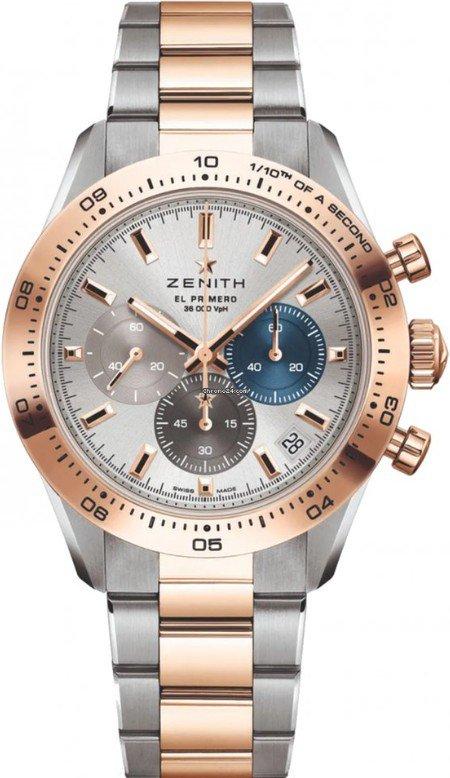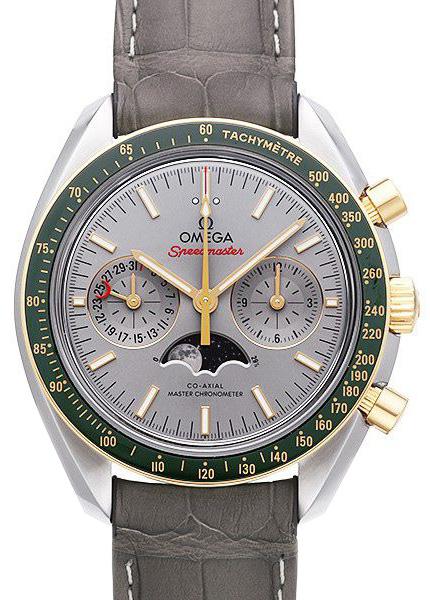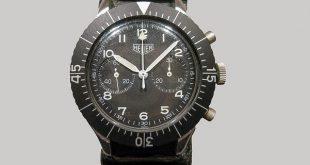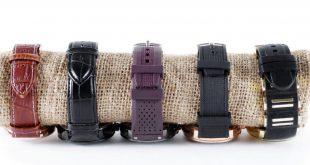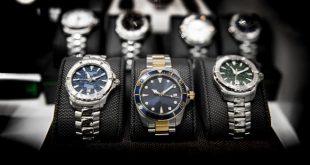The chronograph, also known as the stopwatch, is one of the most significant developments in the history of watchmaking. It looks back on a fascinating history that spans several centuries. The development and function of the chronograph is closely linked to the evolution of mechanical watches, as it is based on the same mechanisms. From the early rattrapante watches and the first flyback mechanism to automatic chronographs and beyond, the history of development has produced some iconic models.
The beginning: first chronographs in the 18th century
The beginnings of the chronograph date back to the 18th century, when watchmakers began adding additional complications to conventional timepieces. As early as 1776, a significant development was made by watchmaker Jean Moïse Pouzait from Geneva, who designed a specially driven second hand. The second hand of this watch development had its own barrel. Although this second hand could be stopped, the hand could not be reset to zero. Furthermore, stopping this watch caused the entire movement to stop. If intermediate times had to be stopped, the period during which the watch was stopped had to be added to determine the time.
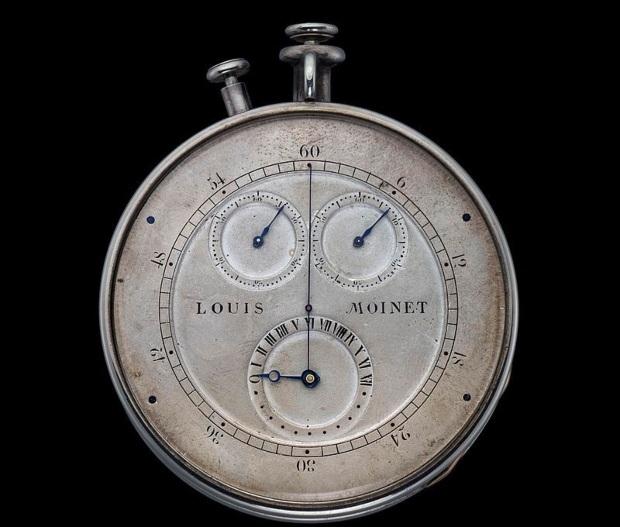
Milestones in the 19th century
Throughout the 19th century, various improvements and innovations were made to the chronograph. An important milestone occurred in 1831 by the Austrian watchmaker and employee of Breguet, Joseph Thaddäus Winnerl. The double-hand mechanism or rattrapante mechanism can be traced back to him. The principle of operation is based on two superimposed second hands. These can be stopped one after the other. The time interval to be measured can be calculated as a difference. For this purpose, the watch requires two independent, but coupled stop mechanisms. Because of this principle, the rattrapante chronograph is also known as a jumping second. An alternative name for the rattrapante is drag hand.
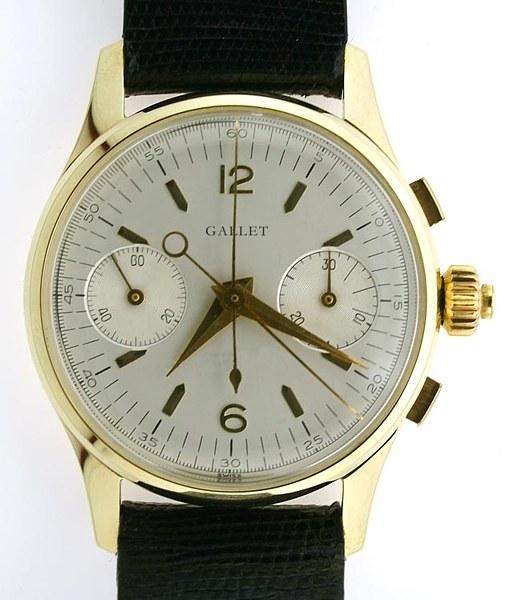
Another significant advance was the invention of the zero-setting chronograph by Adolphe Nicole. In 1844, he invented the so-called zero-setting heart, for which he applied for a patent in 1862. In 1862, it was also presented in the form of a fully functional pocket stopwatch. The zeroing heart can be understood as the pioneer of the flyback chronograph. This chronograph made it possible to reset the hand immediately after stopping, without stopping it first. This function was especially important for pilots and military personnel.
Blossoming in the 20th century
In the 20th century, the chronograph experienced a real heyday. In the 1930s, Breitling presented the first chronograph with a second pusher, its function made it possible to operate the start, stop and reset functions independently. This flyback technology is still used in most of these watches today.
In the 1960s, the chronograph conquered the world of motorsports. The famous Swiss watch manufacturer Heuer (now TAG Heuer) developed the legendary Autavia, which was a racing chronograph designed specifically for racing drivers. This watch was equipped with a tachymeter scale to measure speeds. With the typical design with two to three totalizers (subdials), the various Autavia models became a symbol of racing.
Automatic Chronographs
A major breakthrough was the development of the first automatic chronograph. This no longer had to be wound by hand; a rotor did the work while it was worn. The caliber 6139 was developed by the Japanese watch manufacturer Seiko in the late 1960s and launched on the market in 1969.
It was the first integrated chronograph movement with automatic winding. The function was first used in the Seiko Speedtimer, which reached market maturity shortly before the competition from Switzerland (Breitling, Heuer and Zenith).
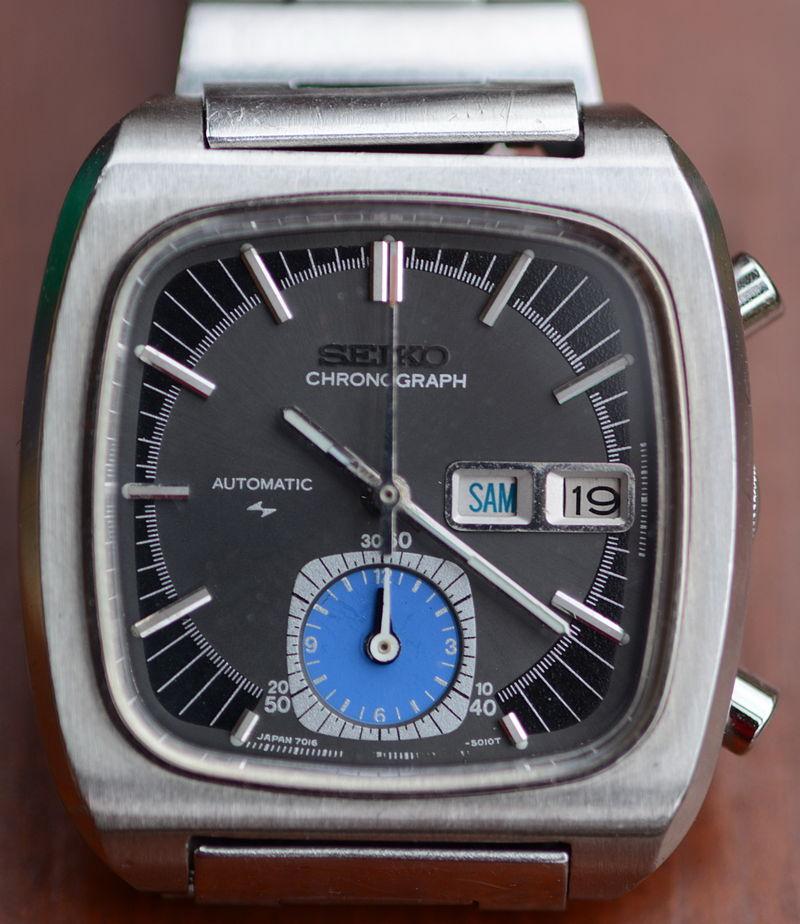
Quartz and digital models
In recent decades, watches of all calibers have been increasingly equipped with modern technology. The introduction of quartz watches in the 1970s made it possible to measure time intervals precisely to the hundredth of a second. Later, stopwatches with electronic displays and digital readouts were also developed to enable even more precise measurements.
Nowadays, chronographs are available in many different designs, from classic mechanical models to high-tech watches and smartwatches. The latter are admittedly more precise and allow the measurement of the smallest intervals. However, time-honored mechanical chronograph types in particular still enjoy great popularity as exquisite pieces of jewelry. Subdials as an aesthetic feature characterize the look of many iconic chronograph models. True-to-the-original variants with rattrapante mechanisms can also be found, especially in the luxury segment.
Principle of operation: mechanisms of time measurement
A chronograph is, from the basic principle, a watch with additional functions that allow to measure time intervals. The principle of operation of the chronograph is based on a complex interaction of various mechanisms. These may differ depending on the type of watch (for example, manual winding, automatic or quartz chronograph), but they have in common the possibility of measuring time intervals. The chronograph should not be confused with the chronometer. The latter simply refers to a particularly precise mechanical watch. In most cases, the chronometer’s accuracy is certified (by the COSC in the case of Swiss movements). However, there are of course also chronograph calibers whose accuracy corresponds to that of a chronometer.
Chronograph function:
- On the one hand, the chronograph has a movement that displays the normal time. This movement drives the hour, minute and second hands and ensures that the time is displayed correctly.
- Moreover, the chronograph contains an additional hand: the stop second. Often, this is placed in the center of the dial. This hand as a function can be started, stopped and reset by a pusher. As a rule, this pusher is located on the side of the watch near the crown.
- An essential component of this type of movement is the clutch system. It consists of a clutch that connects or disconnects the additional stop-seconds hand to the movement. When the chronograph is not active, the clutch is disconnected, so the stop-seconds hand does not move and has no function.
- As soon as the pusher for the stop function is pressed, the clutch engages and connects the stop second hand to the movement. Now the hand starts to move and measures the elapsed time. Most often, a chronograph has subdials or totalizers, for example, to show measured minutes or hours.
- To end the stop function, the pusher is pressed again. The clutch disconnects the chronograph hand from the movement while the minute and hour hands continue to indicate the normal time. To reset the chronograph hand, a separate pusher is pressed. This resets the stop second hand and, if present, the minute hand and hour hand of the totalizers to zero.
- This basic operating principle applies to mechanical stopwatches. However, there are different variants and types of chronographs, including quartz models and modern digital watches based on electronic technology. However, the basic purpose of measuring time intervals remains.
 Uhrinstinkt Magazine
Uhrinstinkt Magazine
